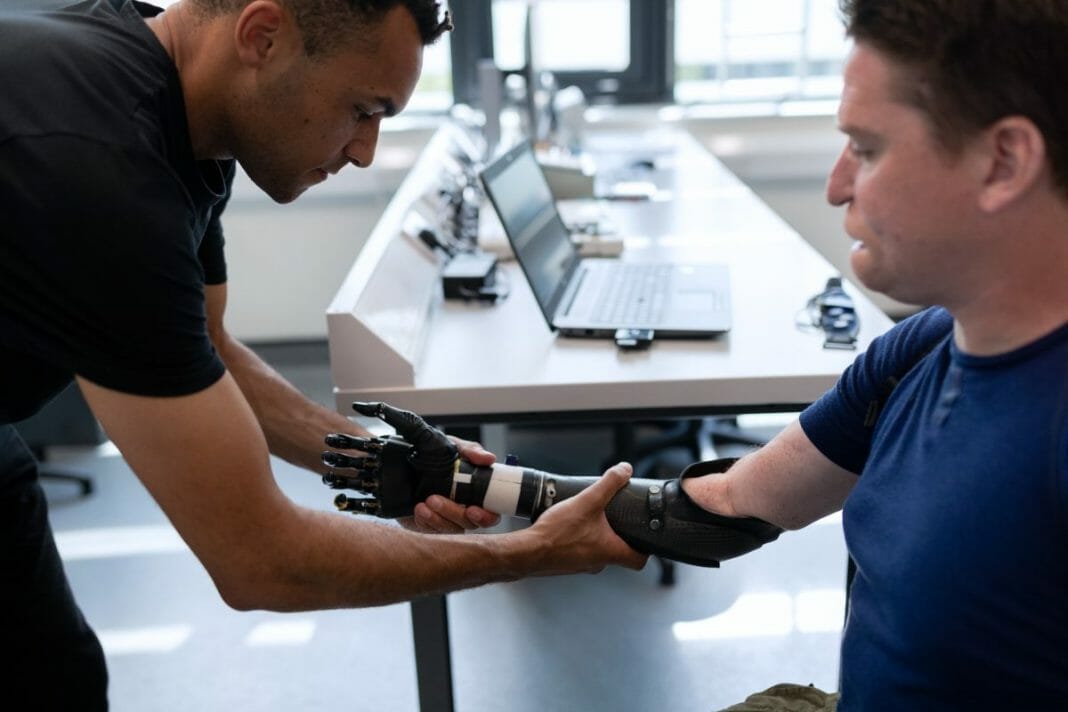Accidents can result or cause physical injuries and emotional trauma. Following such incidents, pursuing suitable forms of therapy becomes crucial for supporting the recovery and healing journey. Therapy aids in treating physical pain, mobility limitations, and emotional trauma after an accident. To navigate the claim process, consider finding an experienced lawyer through a trusted platform like Legal Finders.
The following therapies can improve your healing process after an auto accident.
1. Physical Therapy
The first form of therapy car crash victims may require is physical therapy. It improves the victim’s physical function, mobility, and relieves pain. Physical therapy enhances the body’s strength, flexibility, and motion range using exercises and manual therapy.
A car accident attorney from Texas shares the following: Physical therapy is instrumental in improving physical function and mobility, since car accidents can result in a range of injuries, from soft tissue damage to more severe musculoskeletal issues.
Whether treating whiplash or joint stiffness, physical therapy is crucial in facilitating your recovery and reclaiming your physical functionality level prior to the accident. The guided sessions facilitate healing, improving the quality of life following an accident. Physical therapy improves recovery in the following ways:
- Pain management: Most victims experience acute or chronic pain after an accident. Physical therapists use heat or cold therapy and electrical stimulation to alleviate pain.
- Therapeutic exercises: Therapists design activity programs that target specific muscles and joints. This improves strength, range of motion, and flexibility.
- Manual therapy: Hands-on techniques like soft tissue manipulation and joint mobilization, promote recovery.
2. Occupational Therapy
Victims of severe accidents often find it difficult to carry out everyday tasks. An accident can impact your ability to carry out everyday tasks due to physical injuries. This is where occupational therapy steps in. An occupational therapist performs this therapy, assisting patients relearn vital life skills and get used to their new circumstances. The therapy begins with evaluating the physical and cognitive abilities plus the working environment.
The therapy typically encompasses activities aimed at enhancing fine motor skills, cognitive and coordination functions. For example, an accident victim with hand injuries may undergo therapeutic exercises to regain dexterity for activities like writing, typing, or cooking. The therapist may propose various home and office adjustments to facilitate easier and more manageable completion of daily tasks.
Occupation therapy helps auto accident victims recover physically and regain independence faster. Relearning how to dress, cook, walk, or operate a computer improves the victim’s quality of life.
3. Psychological Therapy
Though often ignored, emotional trauma is part of the injuries. Like other injuries, therapeutic interventions help victims overcome emotional distress after an accident. Psychological therapy or talk therapy addresses the mental and emotional toll caused by the accident. The application of psychological therapy establishes a secure and encouraging space for accident victims to address their emotions and thoughts linked to the incident.
A skilled therapist conducts this therapy, assisting accident victims in coping with trauma, fears, and anxieties. They employ various therapeutic techniques to recognize negative thought patterns and encourage the adoption of healthier alternatives. Undergoing this therapeutic journey assists accident victims achieve heightened emotional awareness, cultivate effective coping strategies, and advance towards emotional healing and recovery.
4. Chiropractic Therapy
Auto accident victims should also consult a chiropractor. That is because proper alignment supports the body’s natural healing process. Victims can misalign the victim’s spine, impairing mobility. Manual manipulation techniques restore joint function and realign the spine.
Additionally, seeking a qualified car accident doctor who specializes in diagnosing and treating auto injury-related conditions is crucial. These professionals have a deep understanding of the complexities associated with car accident injuries and can provide comprehensive care that goes beyond spinal adjustments.
This therapy can be suitable for accident victims seeking a natural method since it does not involve medication. However, the treatment may incorporate therapeutic exercises and lifestyle advice to prevent future injuries.
5. Speech and Language Therapy
Head, brain, and facial injuries can affect speech, communication, and swallowing abilities. That’s where speech and language therapy comes in to help address communication and swallowing disorders.
A speech and language therapist evaluates the patient’s speech, language, and swallowing abilities to identify areas of concern. They then design a tailored treatment plan to address these challenges and help the individual regain communication skills and swallowing function.
Speech-related therapy consists of exercises to strengthen vocal muscles and enhance articulation and language comprehension. Individuals facing swallowing difficulties may undergo exercises to improve muscle control and coordination for safer eating and drinking.
This therapy assists crash victims with brain injuries since it promotes the recovery of cognitive and linguistic functions. It aids in overcoming communication barriers, and improving quality of life and social interactions.
Endnote
Recovery after a crash requires therapy to treat the psychological, physical, and emotional impact. The ideal combination of therapies relies on the nature and severity of the sustained injuries. Seeking guidance from qualified therapists can greatly enhance the recovery journey and facilitate progress in your life following the car crash. Remember, early intervention and consistent therapy can significantly improve the overall rehabilitation process.
